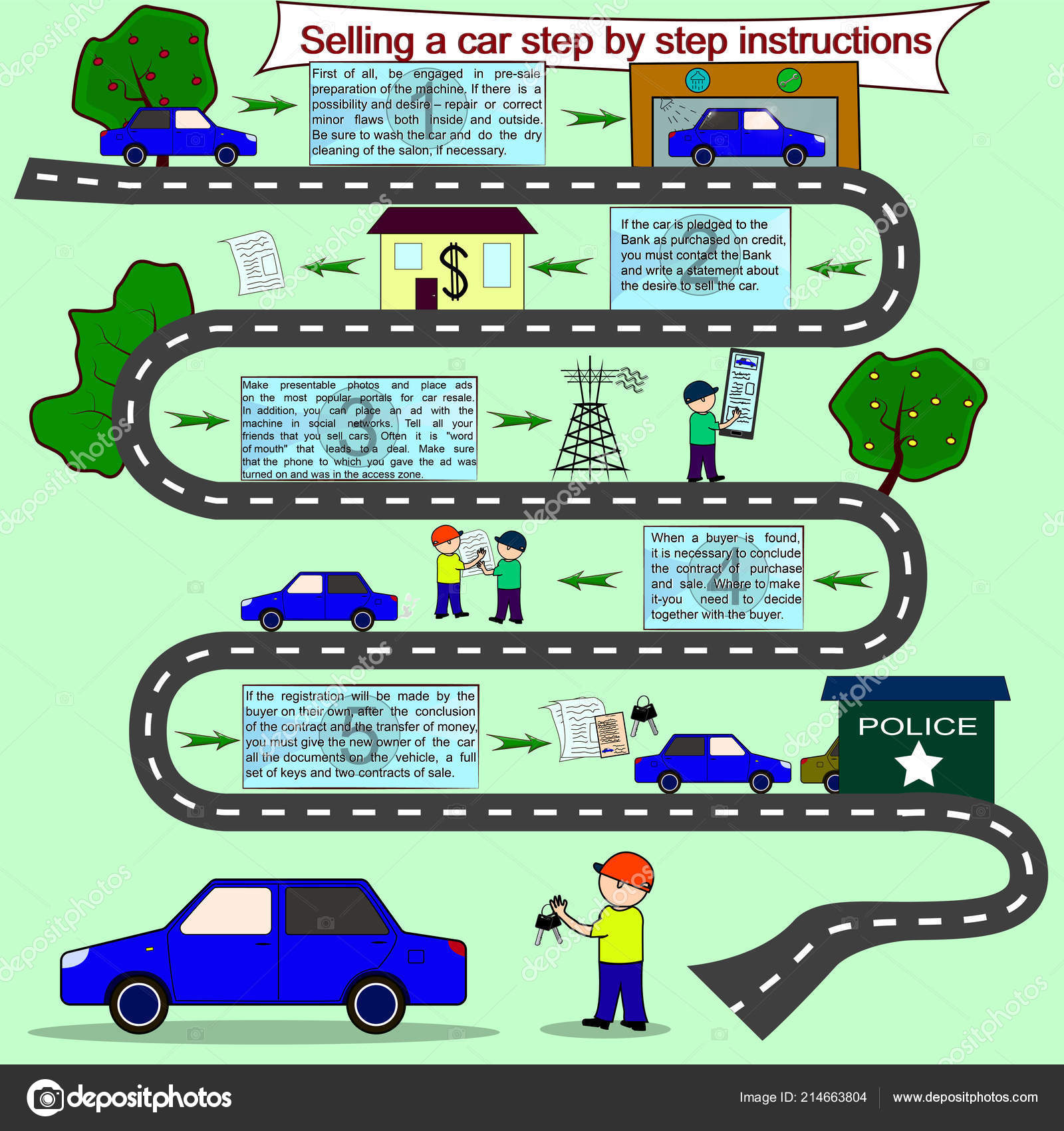Translating Your Car'S Alert Lights: Their Real Effects
Translating Your Car'S Alert Lights: Their Real Effects
Blog Article
Uploaded By-Lauritsen Stark
When you're behind the wheel, those beautiful caution lights on your dashboard can be a little bit perplexing. Do you understand what they're trying to inform you regarding your cars and truck's health and wellness? Comprehending https://claytonpkfyt.blogdun.com/32724345/just-how-mobile-auto-explaining-services-can-conserve-you-money-and-time of these lights is important for your security and the durability of your vehicle. So, the next time among those lights pops up, would not you want to understand its message properly and take the required actions to address it?
Common Warning Lighting and Interpretations
Recognize typical caution lights in your vehicle and understand their definitions to guarantee risk-free driving.
The most normal warning lights consist of the check engine light, which signals problems with the engine or discharges system. If this light comes on, it's essential to have your car examined quickly.
The oil stress advising light indicates reduced oil stress, requiring immediate interest to stop engine damages.
A flashing battery light may recommend a malfunctioning billing system, possibly leaving you stranded otherwise resolved.
The tire pressure monitoring system (TPMS) light alerts you to reduced tire pressure, impacting automobile stability and gas performance. Overlooking this might bring about hazardous driving conditions.
The abdominal muscle light shows a problem with the anti-lock braking system, jeopardizing your ability to stop promptly in emergencies.
Last but not least, the coolant temperature level cautioning light warns of engine overheating, which can cause extreme damage otherwise resolved promptly.
Comprehending these common caution lights will assist you deal with concerns quickly and maintain safe driving conditions.
Significance of Prompt Interest
Understanding the typical caution lights in your automobile is only the very first step; the importance of quickly dealing with these cautions can't be emphasized enough to guarantee your safety and security when driving.
When a warning light illuminates on your dashboard, it's your automobile's method of connecting a possible concern that needs focus. Neglecting these warnings can bring about extra severe problems later on, compromising your safety and security and possibly costing you extra in repairs.
Prompt focus to alerting lights can stop failures and crashes. As an example, a blinking check engine light could suggest a misfire that, if left ignored, could cause damage to the catalytic converter. Resolving autodetailing without delay can save you from an expensive fixing.
Likewise, a brake system cautioning light could signal low brake liquid or used brake pads, important components for your safety when driving.
DIY Troubleshooting Tips
If you notice a caution light on your dashboard, there are a couple of do it yourself repairing ideas you can attempt before looking for specialist help.
deep cleaning car seats service near me is to consult your car's manual to recognize what the details warning light suggests. Sometimes https://drivers-training-near-me40517.smblogsites.com/32101174/incredibly-practical-mobile-auto-detailing-solutions-not-only-save-you-time-and-money-however-also-improve-your-car-s-long-life-find-how-they-can-change-your-routine can be as basic as a loose gas cap causing the check engine light. Tightening up the gas cap might deal with the problem.
Another common issue is a low battery, which can activate various advising lights. Examining the battery connections for corrosion and ensuring they're safe may fix the issue.
If a caution light lingers, you can try resetting it by separating the cars and truck's battery for a couple of minutes and after that reconnecting it. Furthermore, examining your lorry's liquid degrees, such as oil, coolant, and brake liquid, can assist troubleshoot cautioning lights connected to these systems.
Conclusion
In conclusion, recognizing your vehicle's caution lights is necessary for maintaining your vehicle running smoothly and securely. By promptly resolving these signals and knowing what they imply, you can prevent expensive repair work and prospective failures.
Bear in mind to consult your car's handbook for certain details on each advising light and take action appropriately to make sure a hassle-free driving experience.
Remain informed, remain safe when traveling!
